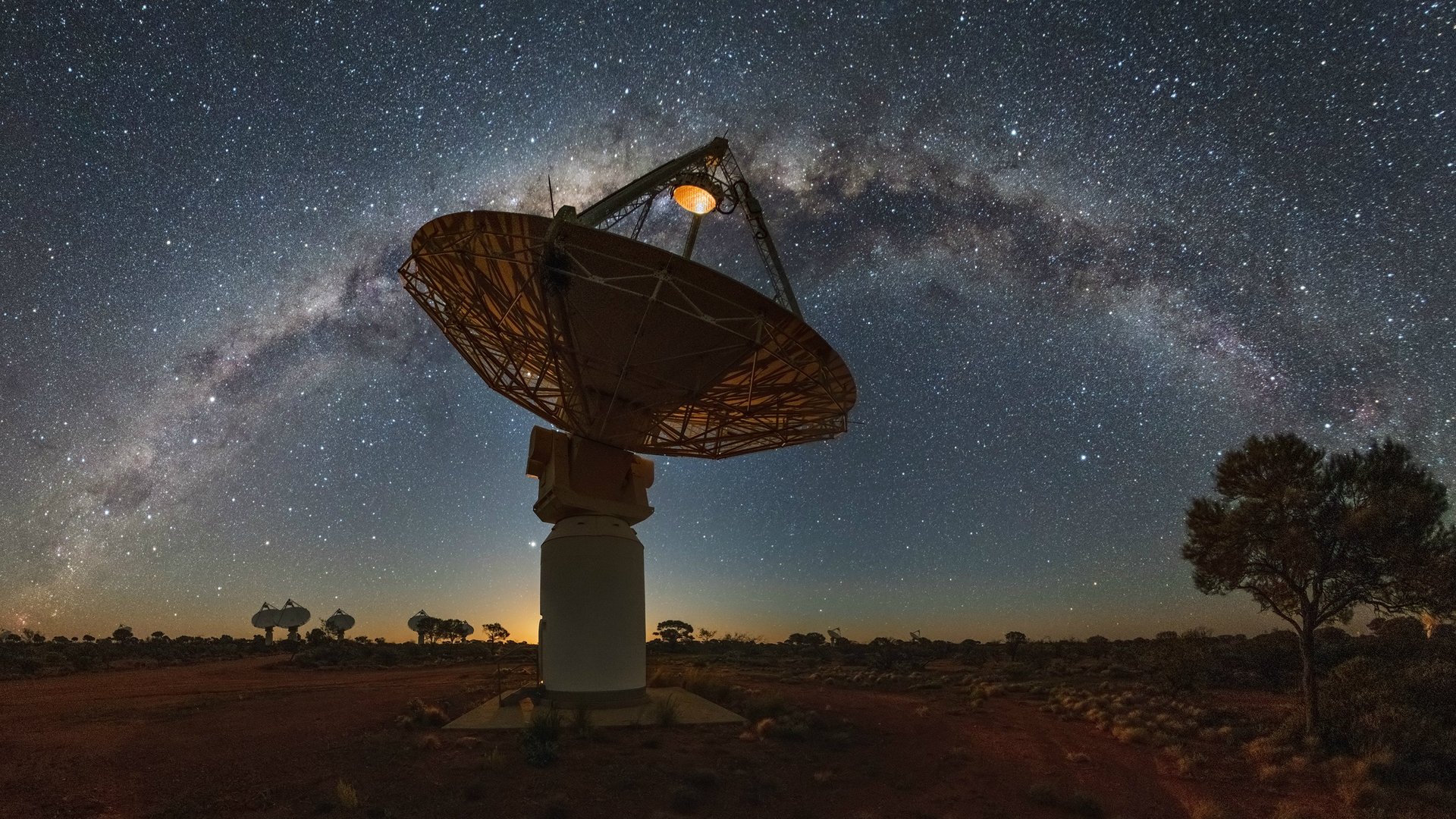Astronomers are watching a nearby galaxy die in real time
It’s one of those storied faraway galaxies, the kind noticed by long-ago Indigenous Australians who looked skyward and intrepid European sailors seeking direction as they explored.


It’s one of those storied faraway galaxies, the kind noticed by long-ago Indigenous Australians who looked skyward and intrepid European sailors seeking direction as they explored.
To the naked eye it looks like a very distant cloud, a puff of stars and cosmic gases glowing in distant outer space. It’s called the Small Magellanic Cloud, and it’s dying.
As it slowly loses its power to form new stars, a team of Australian astronomers are tracking the fading dwarf galaxy in the finest detail ever. The team has published a new study in the journal Nature Astronomy, chronicling the fading of the galaxy, which sits about 200,000 light years away from the Milky Way. Using imagery collected with the powerful Australian SKA Pathfinder (ASKAP) radio telescope, researchers have been able to track the Small Magellanic Cloud with images that are more than three times finer than before.
“We were able to observe a powerful outflow of hydrogen gas from the Small Magellanic Cloud,” the researchers said in a statement. “The implication is the galaxy may eventually stop being able to form new stars if it loses all of its gas. Galaxies that stop forming stars gradually fade away into oblivion. It’s sort of a slow death for a galaxy if it loses all of its gas.”
Hydrogen is the main ingredient of a star, as well the most common element in the universe.
For those who find the idea of the Small Magellanic Cloud drifting off into nothingness, there is good news. The galaxy is expected to merge with the Milky Way at some point, which means the close to 700 million stars it did create will have some company.